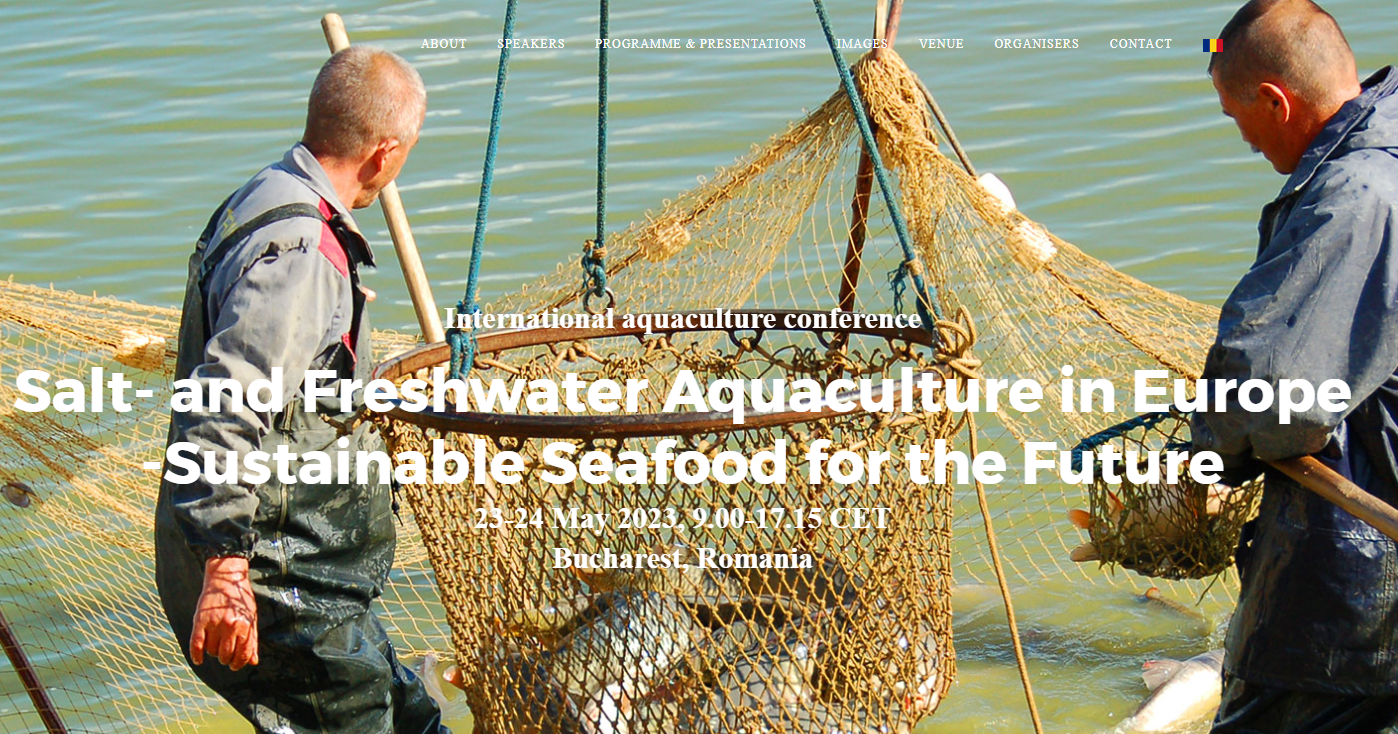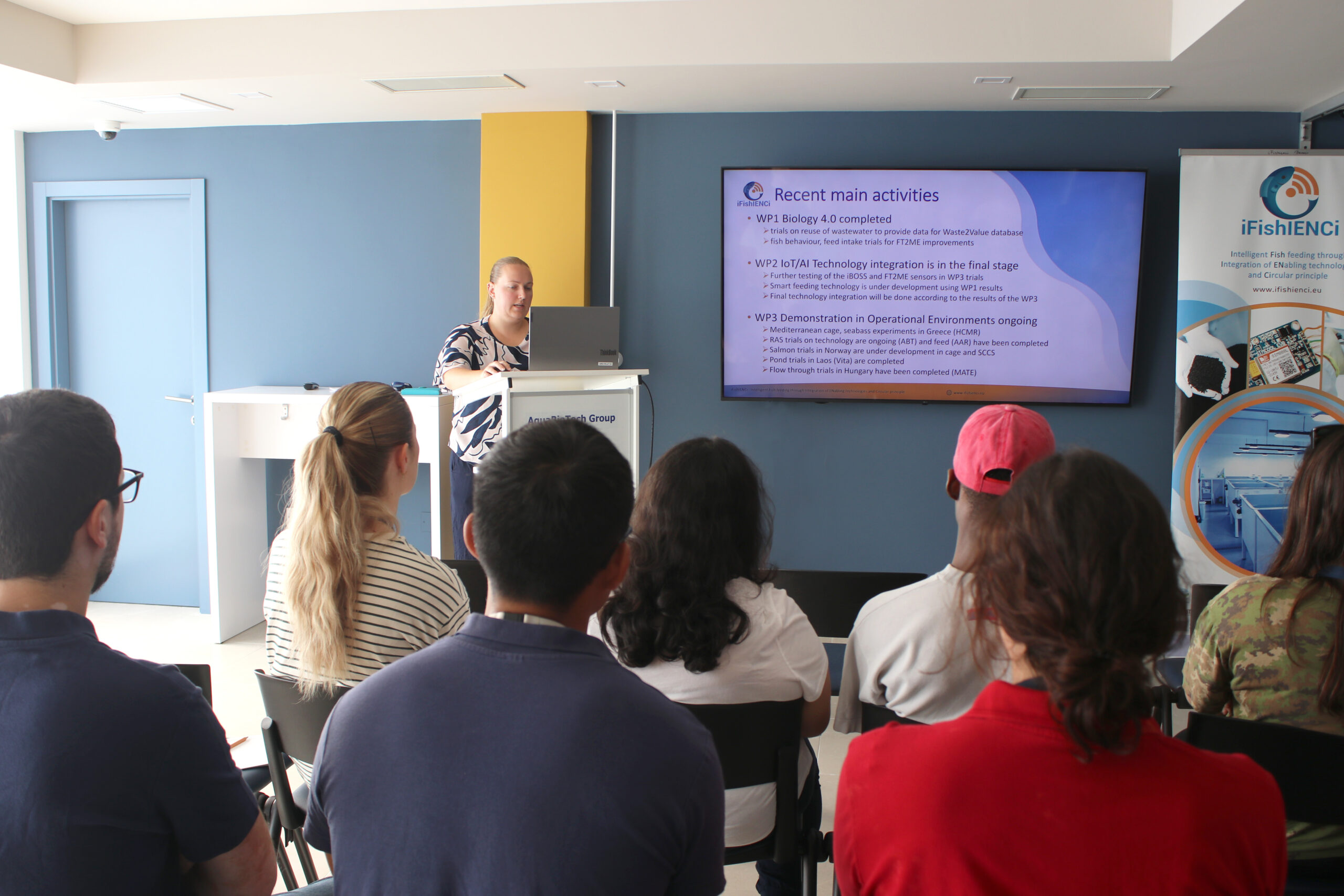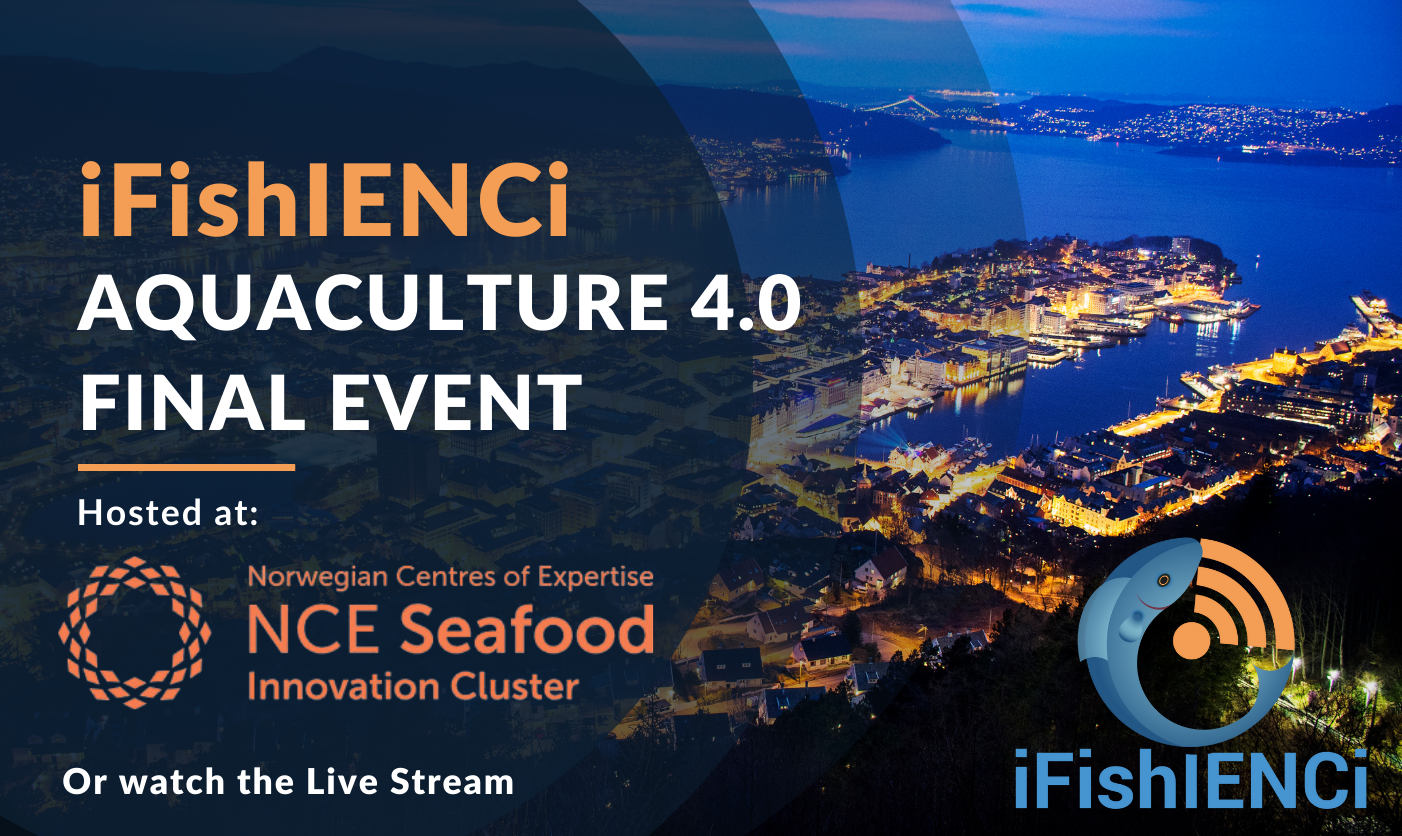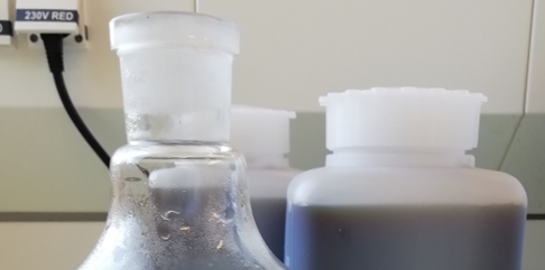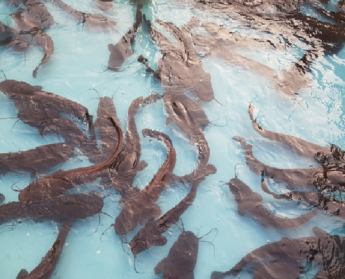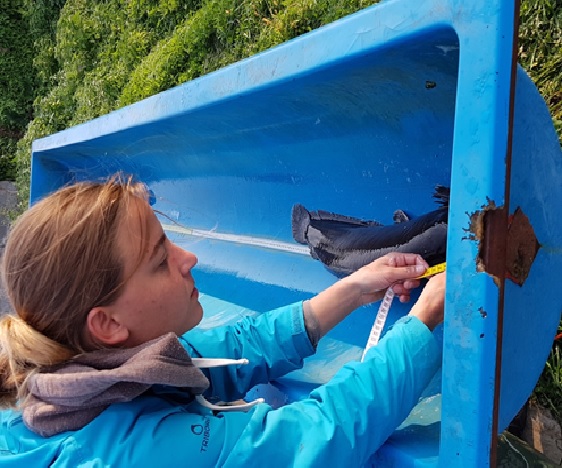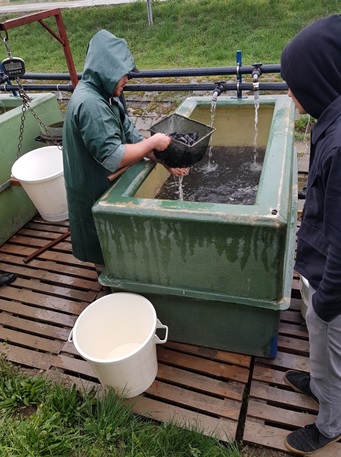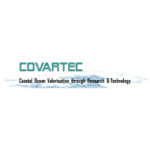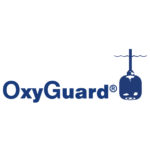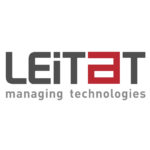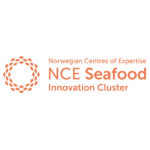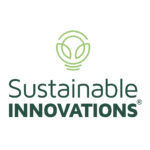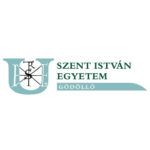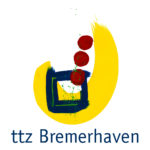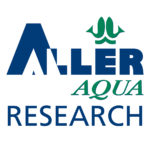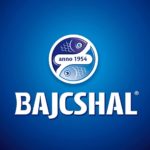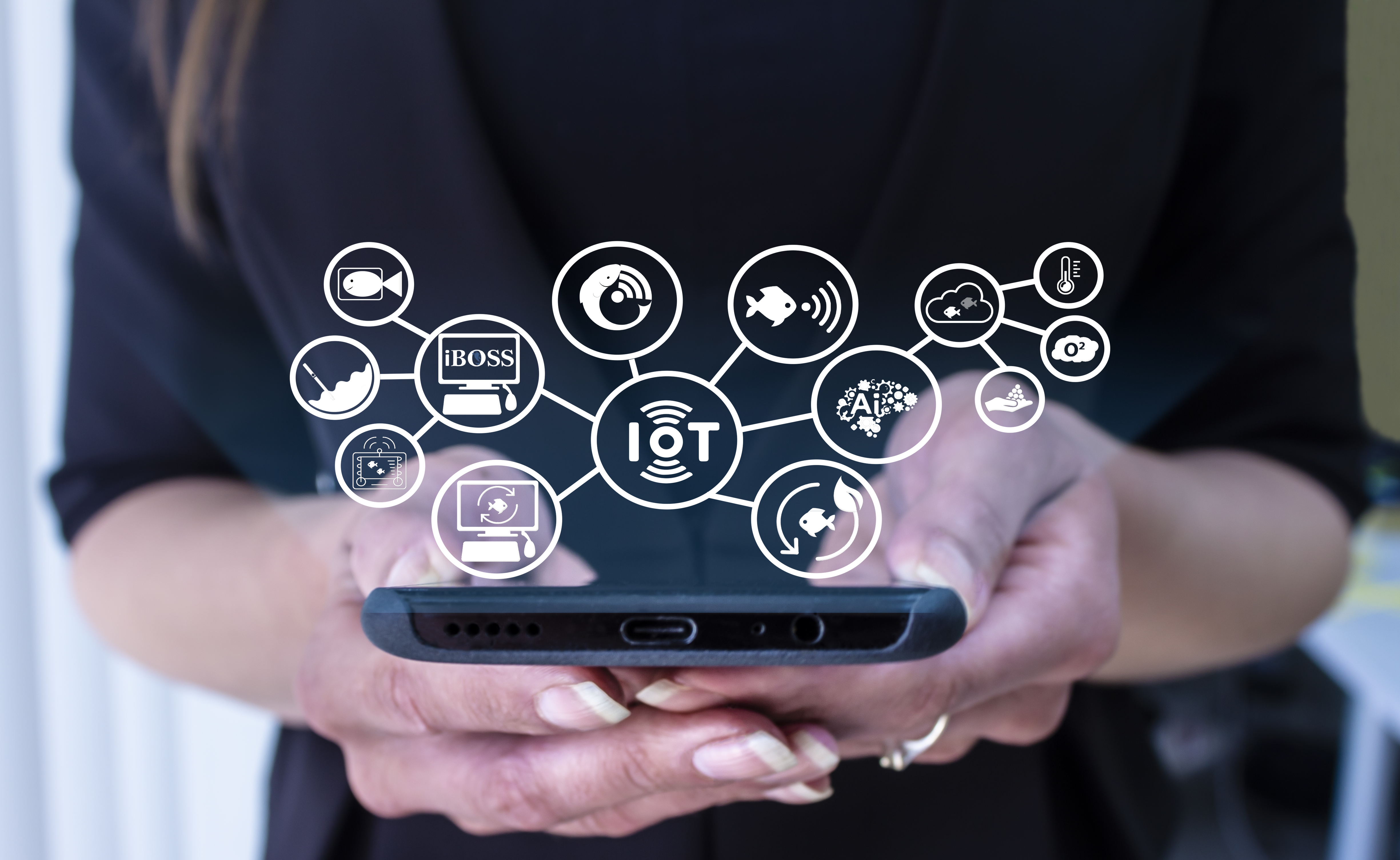
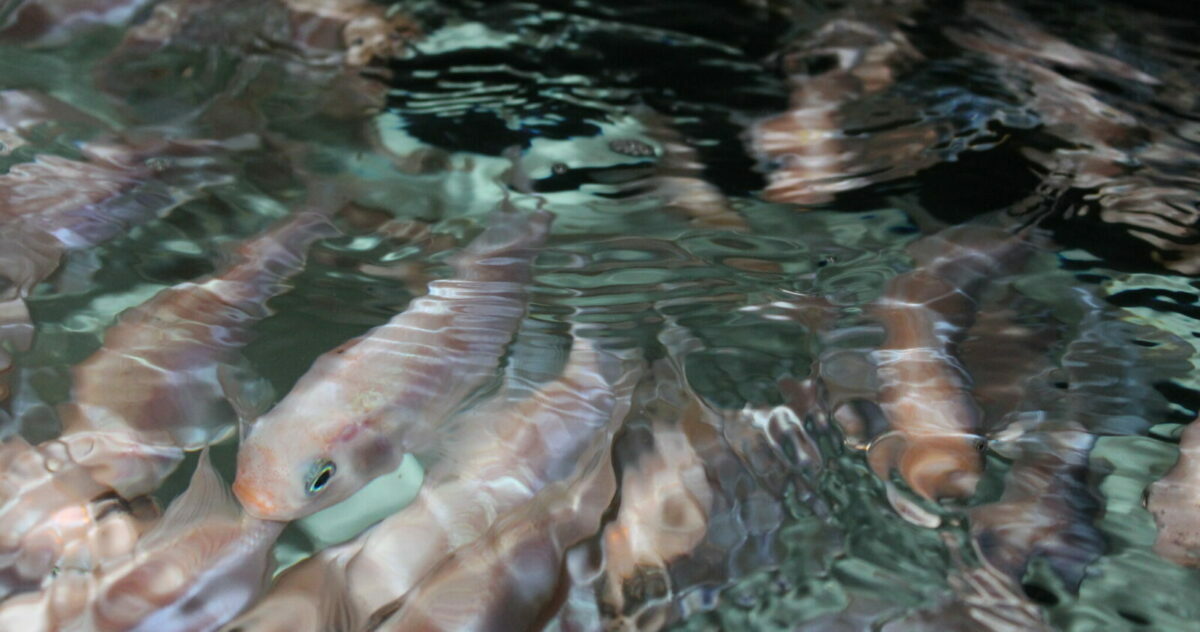
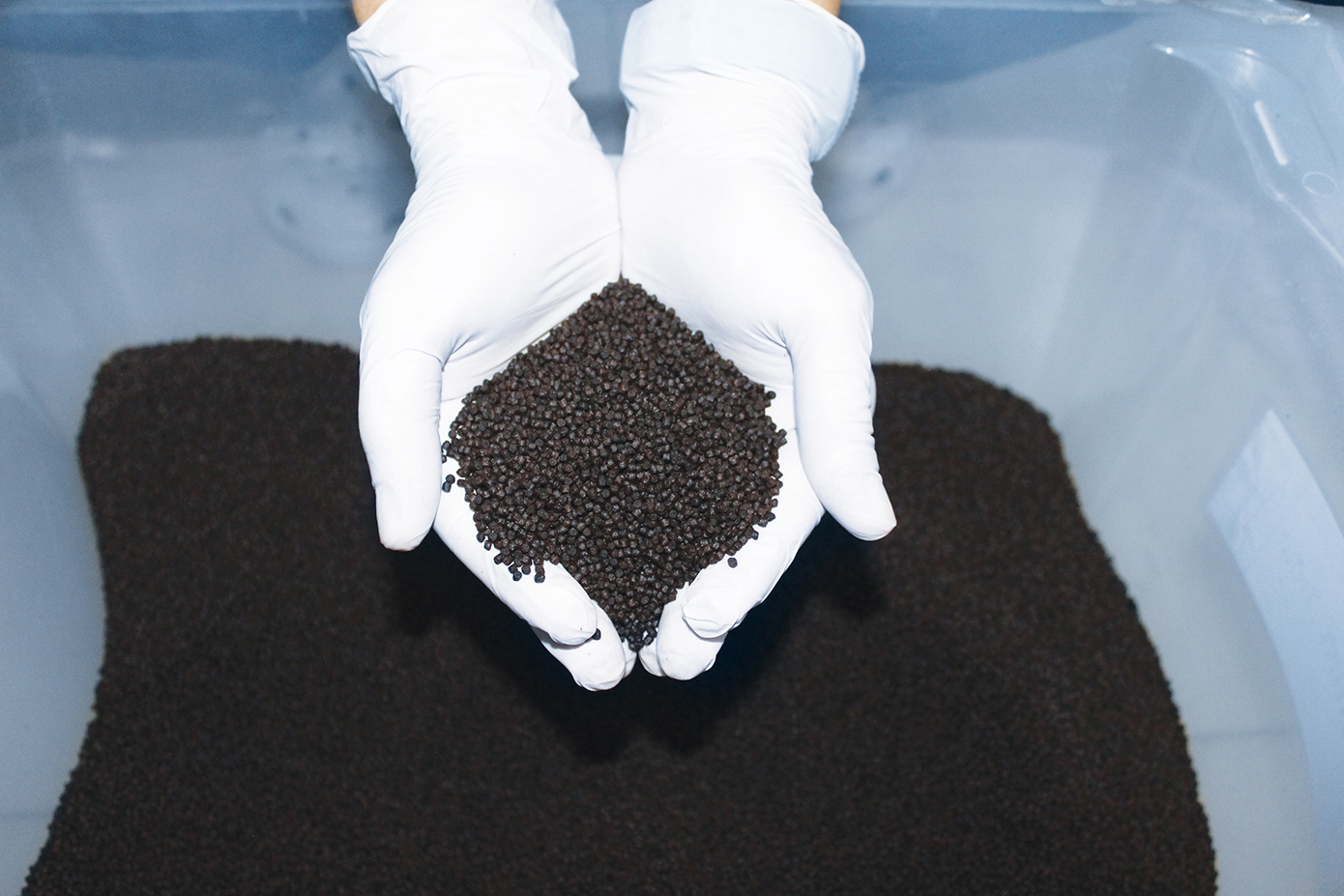
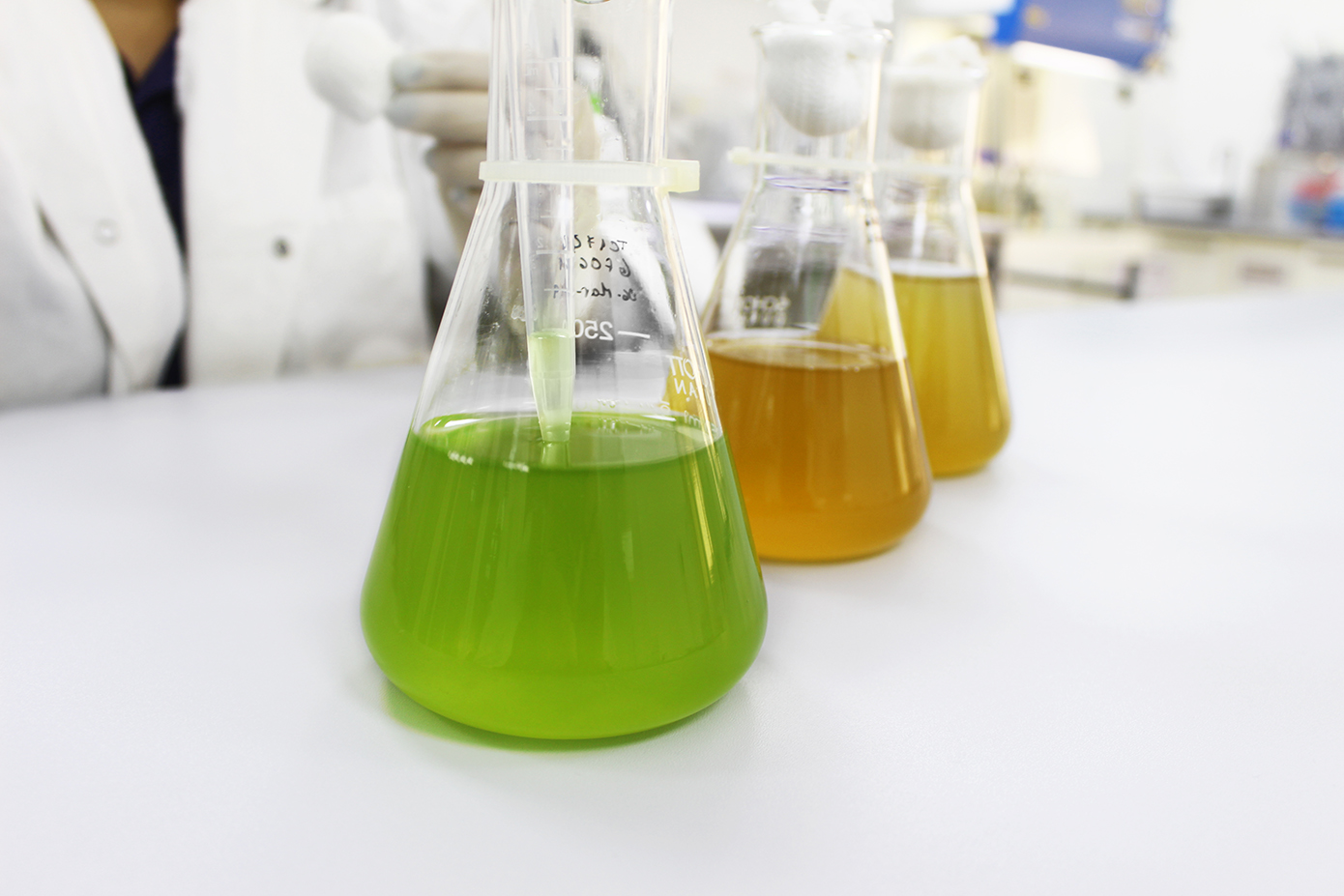
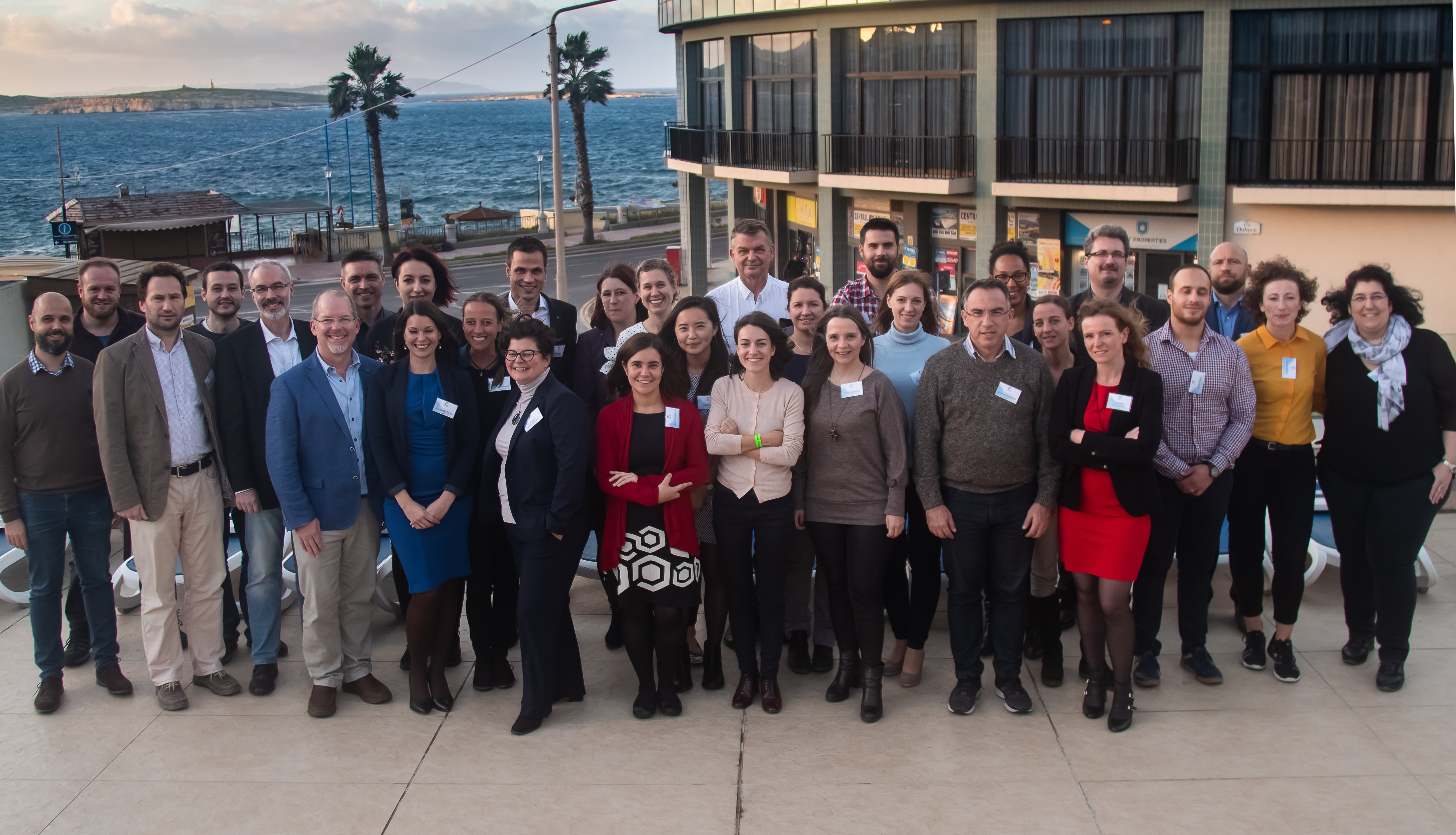
WELCOME TO H2020 iFishIENCi
Intelligent Fish feeding through Integration of Enabling technologies and Circular principles
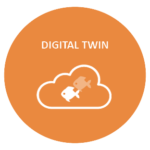
Digital monitoring of behaviour & health

Circular economy & valorization of waste
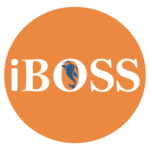
Advanced water monitoring & smart feeding
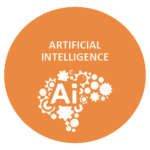
Digital learning & decision support
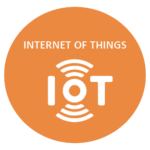
Cloud based integration & precision farming
Project
iFishIENCi is an EU Horizon 2020 project bringing together 16 partners in a trans-disciplinary effort aimed at making genuine improvements to aquaculture management and practices. The overall goal of the iFishIENCi project is to provide new intelligent feeding technologies to support ambitious, but sustainable growth for the European aquaculture industry.
Read moreInnovation
The project uses advanced digital information technology to monitor all aspects of fish and their environment. This cutting-edge research is being combined with a holistic understanding of how these new technologies will interact with society and stakeholders in terms of economy, politics, social welfare, animal welfare and ethics.
Read more
iBOSS
Information about fish behaviour, physiology and their environmental conditions can be collected in real-time from a variety of fish farms, and then securely transferred to digital representation of a real fish. The analytical picture this produces will take the form of the digital fish: a form of Artificial Intelligence, which can ‘learn.’ The digital fish will then send a message back to the monitoring system, which can then either inform the farmer, or make an automated change. The time taken from monitoring, decision making and response, will be of a pace much quicker than what is possible by a human observer.
Waste2Value
Increased efficiency and enhanced decision making should allow healthier fish, optimal feeding and optimal growth. More efficient use of feed results in a more efficient conversion of feed to fish growth, and a reduction in waste. This means more fish, less feed and less waste. Waste2Value is a value-chain, circular economy approach towards reducing waste and enhancing the sustainability of feeding fish. The wastes become valorized, through their use as a substrate for the growth of microalgae, which are being selected based upon their ability to replace the conventional ingredients of fish feed.


